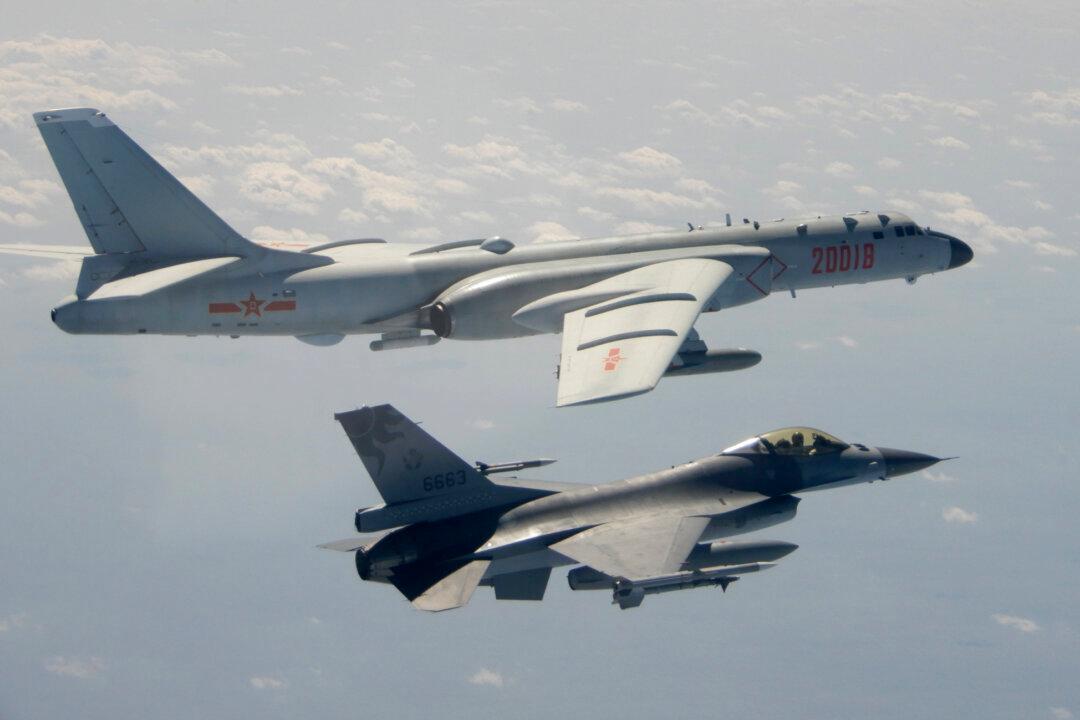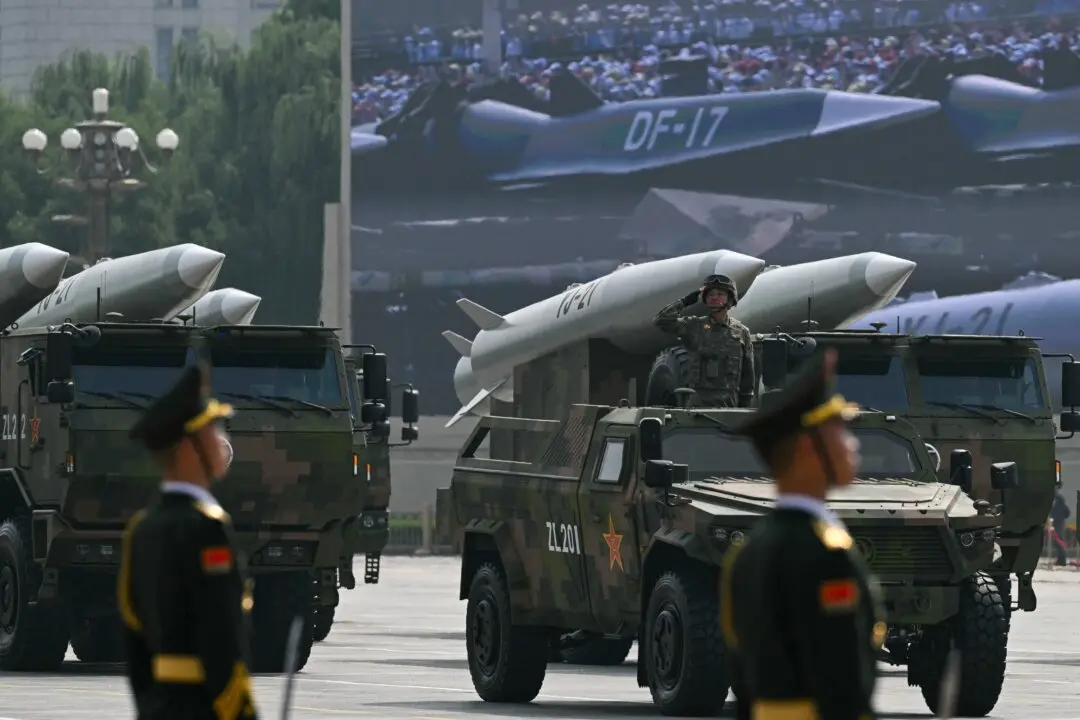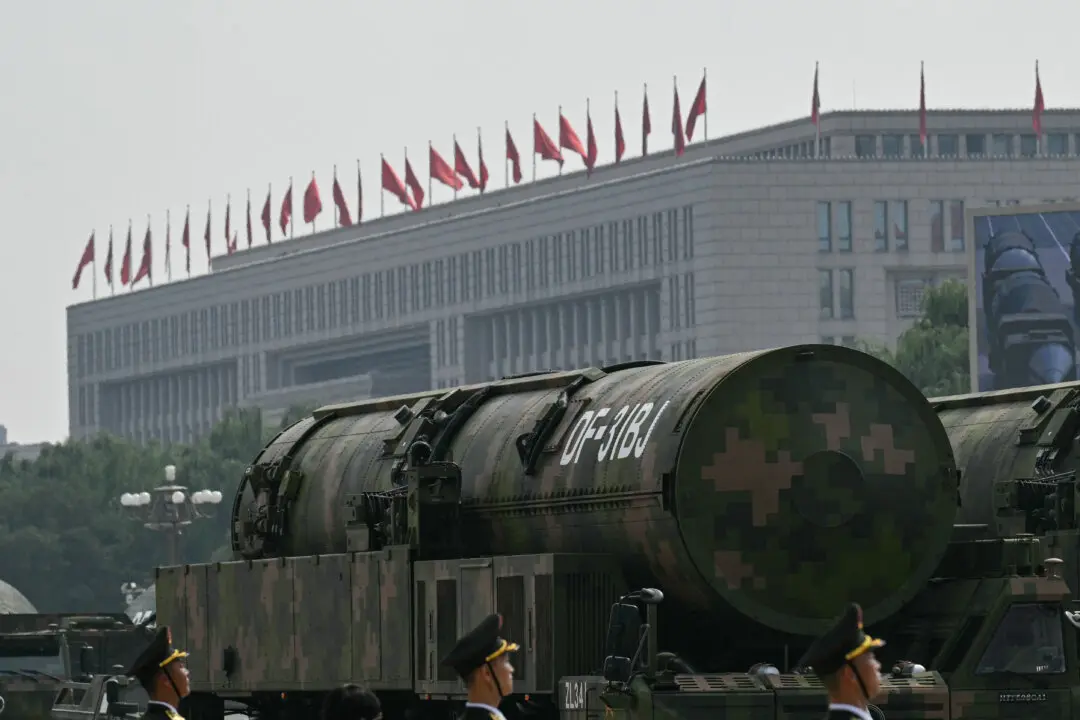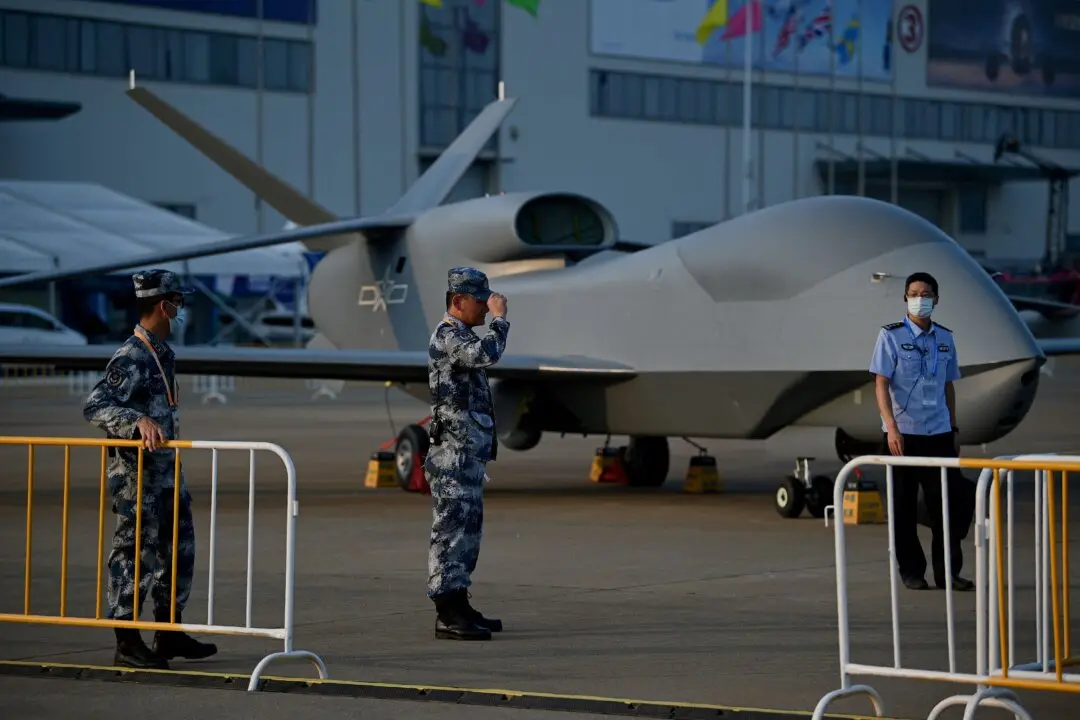Taiwan warned in its annual defense report that the Chinese regime could “paralyze” the island’s defenses and fully monitor its deployments.
Taiwan’s National Defence Ministry identified more serious threats from the Chinese military in its latest report. The Ministry has submitted the report on Chinese military capabilities and next year’s defense budget to the legislature on Aug. 31.




